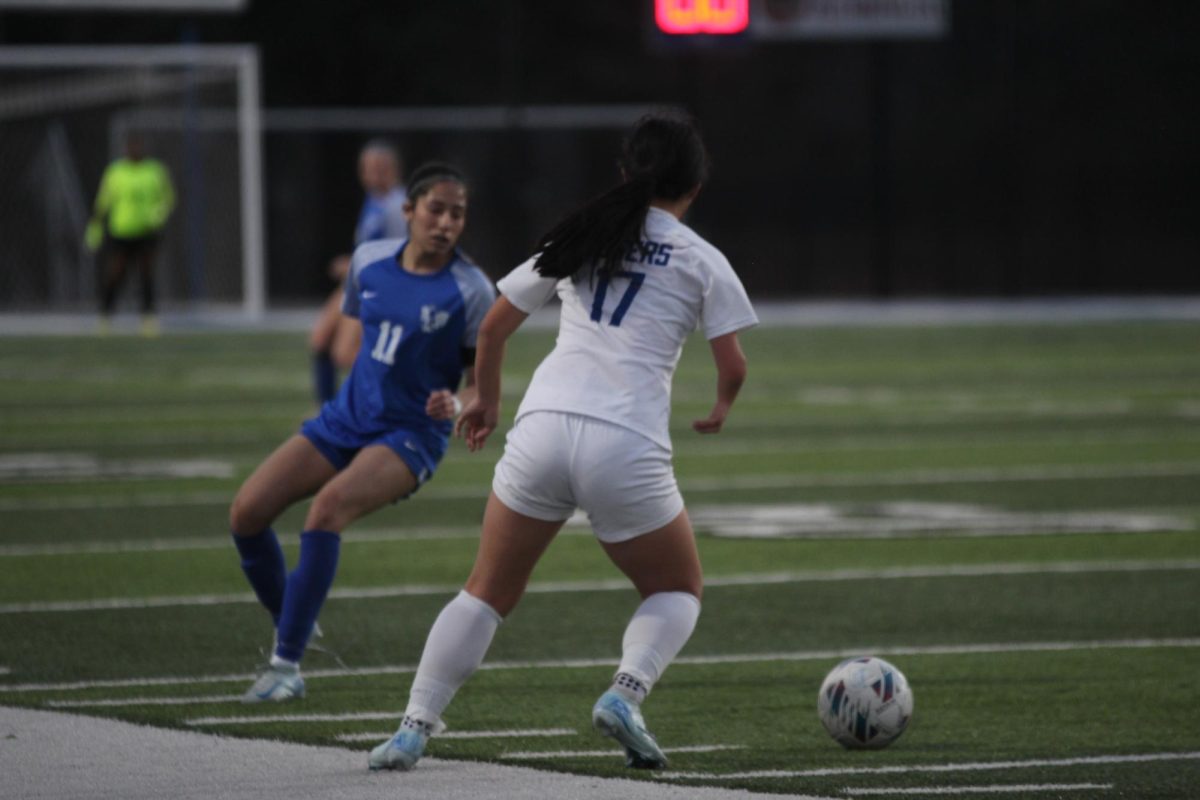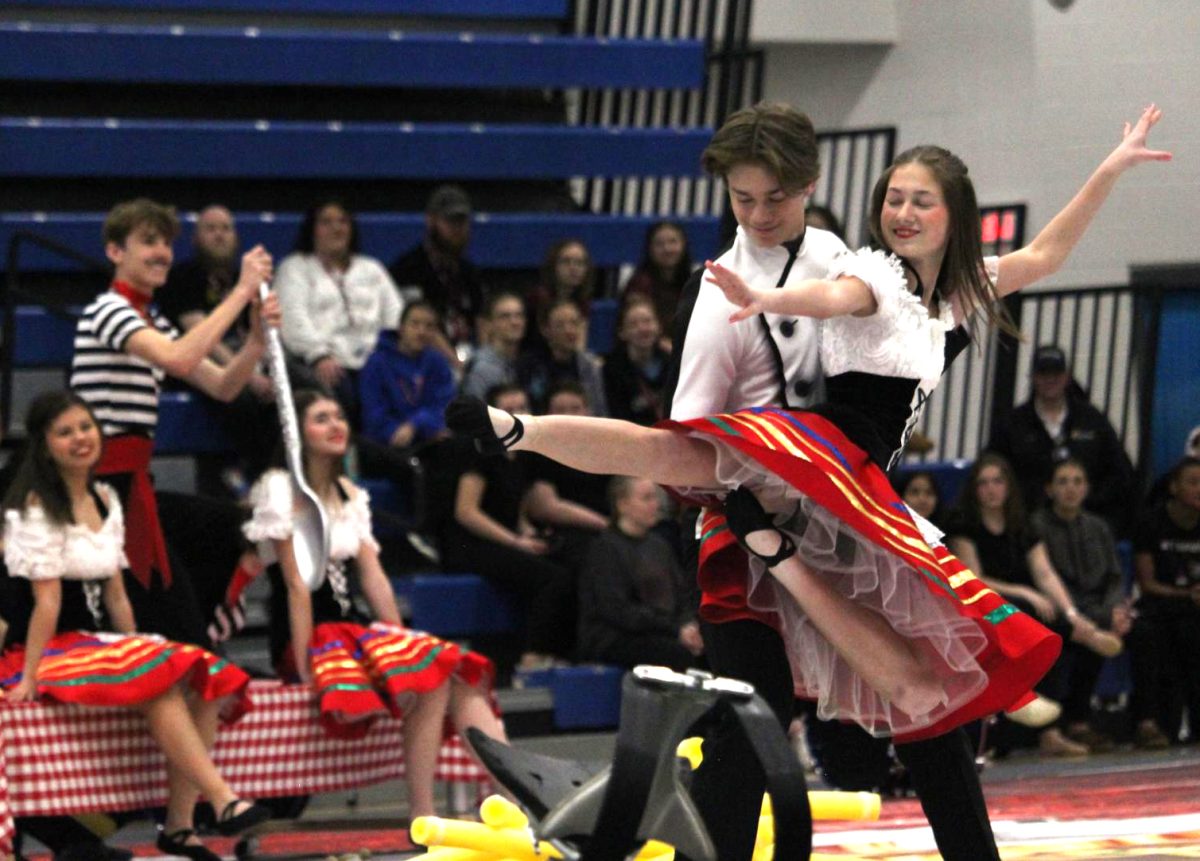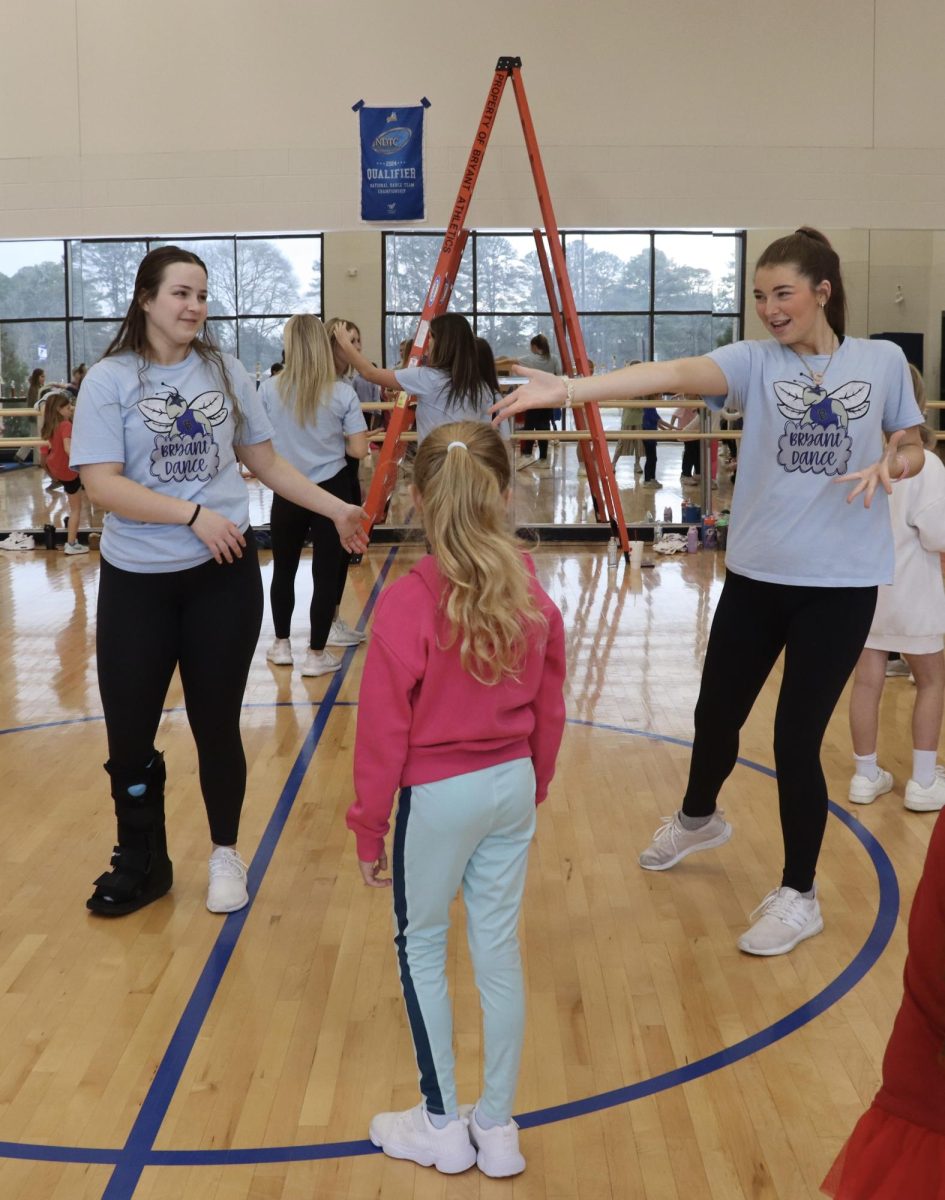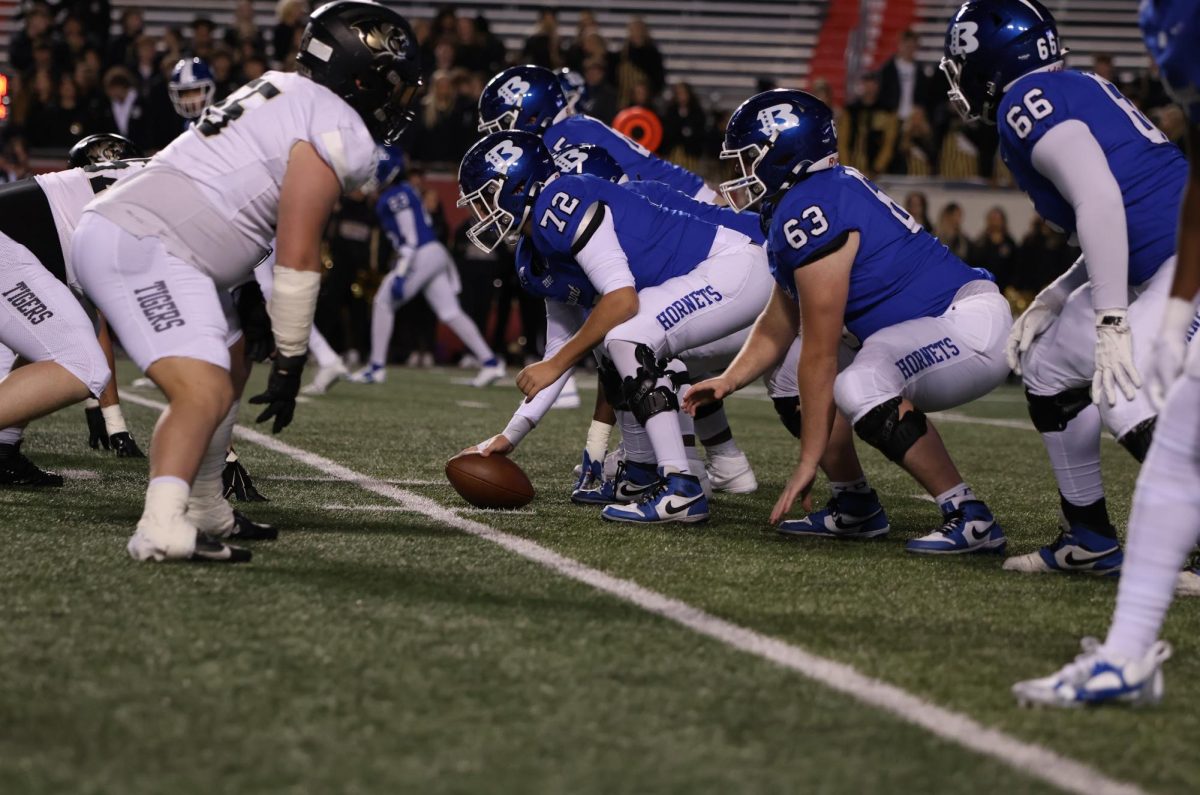
As the school year draws to a close, and summer takes its place in the mind of teenagers everywhere, a number of recurring themes mark each student’s plans. Trips to the lake. Tanning by the pool. Endless games of volleyball. But for the athletes that practice during summer break, the temperature rises faster than the hopes of football season, making dehydration a player’s worst enemy, on and off the field.
For head football coach Paul Calley, summer vacation couldn’t have worst timing.
“There’s going to be a lot of guys sitting around,” Calley said. “Time have changed, and kids aren’t outside working in the heat; they’re laying around in the air conditioning.”
As the heat continues to rise, the risk of heat-related illness becomes a top priority among the coaching staff and players. Calley said he’s trying his best to keep his team in shape without forcing the possibility of heat exhaustion or a heat stroke.
“The good thing is that we at least get them three days a week up early lifting weights, running in the heat somewhat and keep them halfway in shape,” he said. “But, they’re by no means in playing shape when we come back in the fall.”
Research consistently proves that the best way to stay hydrated is to simply drink water. Water carries nutrients and oxygen to cells in the body, helps turn food into energy and regulates body temperature.
While it seems simple enough, many people do not know how much he or she should be drinking in physical activity. The best recommendation would be to divide a person’s body weight in half to determine how many ounces of water he or she should be drinking to keep hydrated.
Calley said the best time to hydrate is before engaging in any workout and afterwards to refuel.

“That’s one thing I like about the way we practice now,” he said. “We start at 7, and we try to get off the field before the heat of the day begins, where you would lose the majority of your fluids. Then you’ve got all day from usually 11 o’clock to rehydrate yourself.”
The dangers of dehydration can be deadly, affecting a person both physically and mentally.
“It causes a lot of mental busts on the field; people go slower and it makes them lethargic,” Calley said. “And hopefully, as a coach, you can see this before it happens. You can get somebody a break, get them cooled down and get water in them.”
The most dangerous signs of dehydration besides thirst and decreased performance are muscle cramps, nausea and dizziness.
The two deadliest forms of dehydration are heat exhaustion and heat stroke. Heat exhaustion includes dizziness, fatigue and a rapid pulse, but can be generally cured by finding a cool place, a sports drink and lying down with legs elevated to promote circulation.
Heat stroke, however, is more lethal and cannot be cured on the field. Symptoms include a very high body temperature, collapse and unconsciousness. The best thing to do in this situation is to give the victim an ice bath, shower or anything to cool the body while waiting on an ambulance to transport him or her to the hospital.
“As a coach, there’s a fine line,” Calley said. “You want to try to push players through pain, through the fatigue and being thirsty and tired. But, I’m scared at times to try to push somebody through that because you don’t know what’s going to happen.”
Calley said one of the key parts of hydration is salt-intake, something he believes players don’t think enough about. The depletion of salt in the body can easily lead to muscle cramps. Athletic trainer Christa Finney keeps a stock of Pedialyte and pickle juice, both high in salt concentration, to fight cramps.
While many people believe sports drinks such as Gatorade and Powerade are healthy substitutes to water, Calley said he remains skeptical on the idea.
“From everything that I’ve read, there is no substitute for water,” he said. “I think they can be beneficial as a supplement, but you still have to drink water.”





